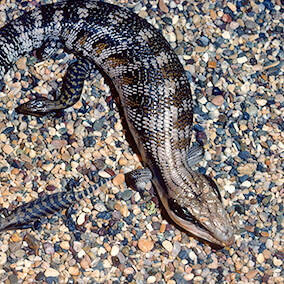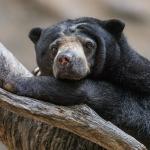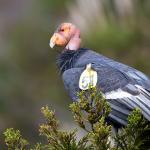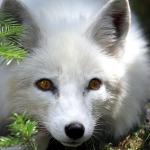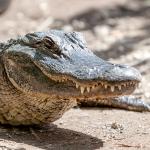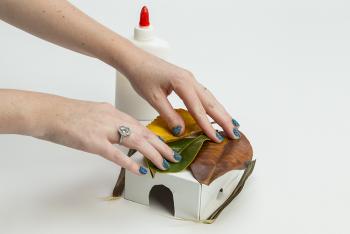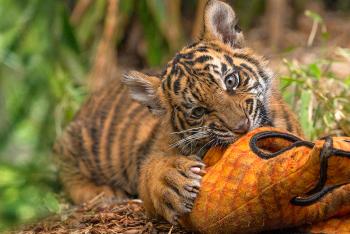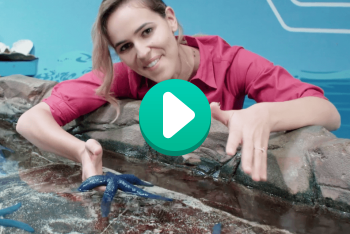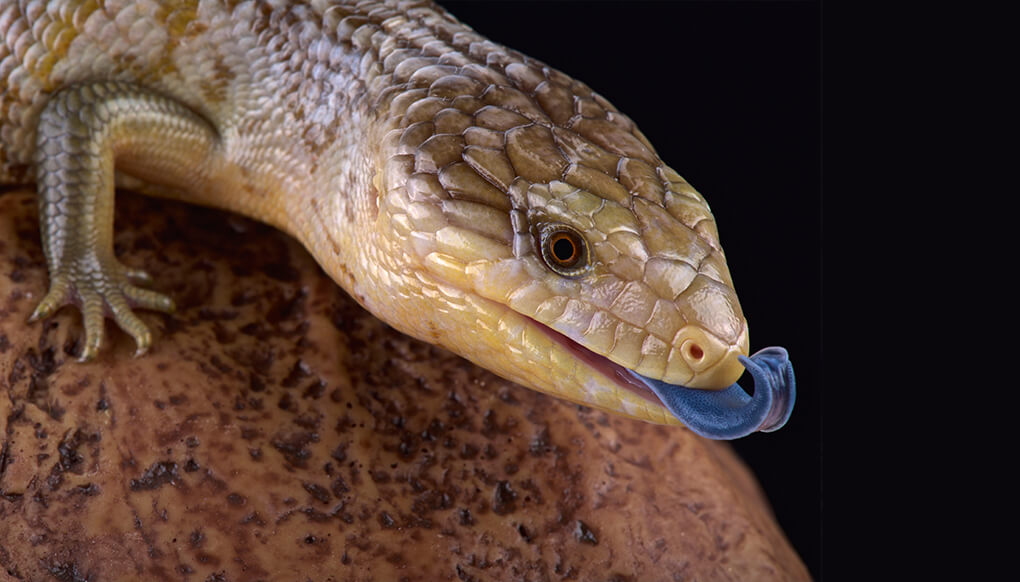
Blue-tongued skink
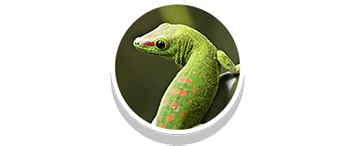
Reptiles


Stable
facts
They also eat snails, worms, and flowers.
description
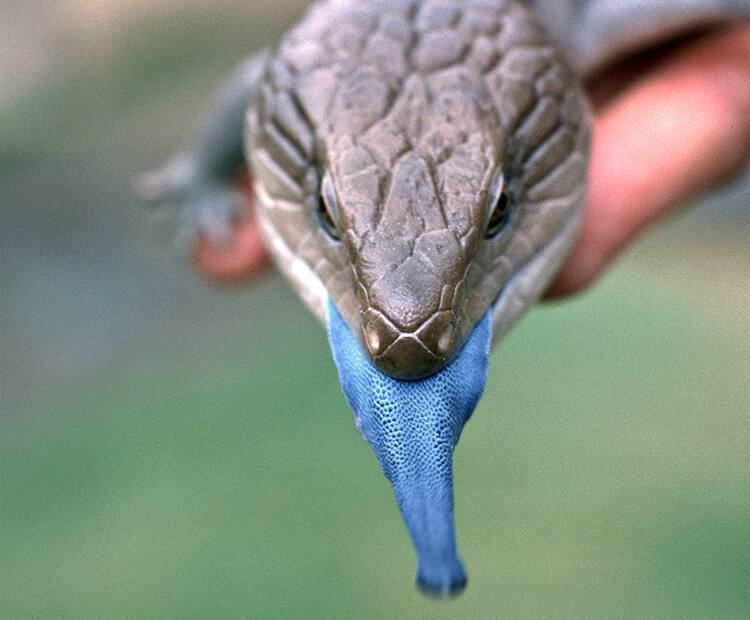
A blue tongue?
Have you ever stuck your tongue out at someone? For people, it is considered bad manners, but for this lizard, it’s a way to scare off a predator!
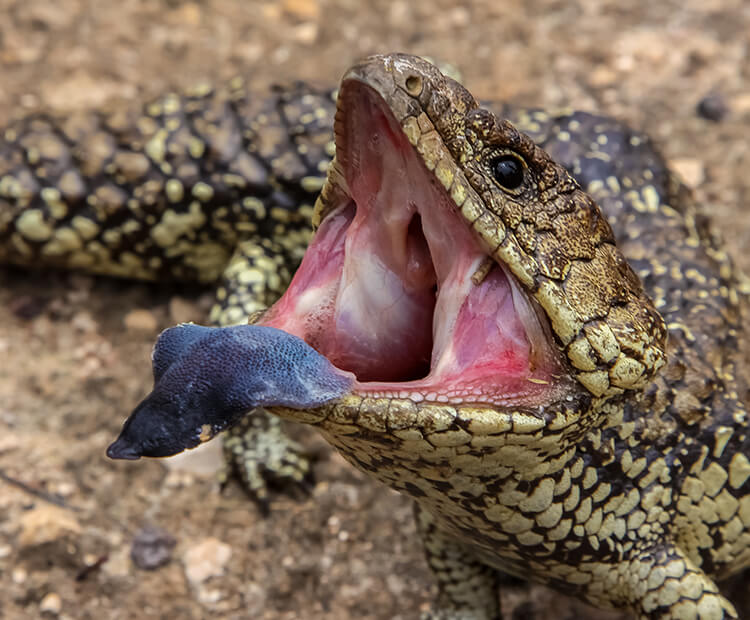
Keep away!
A blue-tongued skink spends most of the day searching for food. When a predator threatens a skink, the lizard puffs up its body to look bigger. At the same time, it opens its mouth and hisses while sticking out its bright blue tongue. The sudden flash of color may surprise and confuse the predator just long enough for the skink to scurry away.
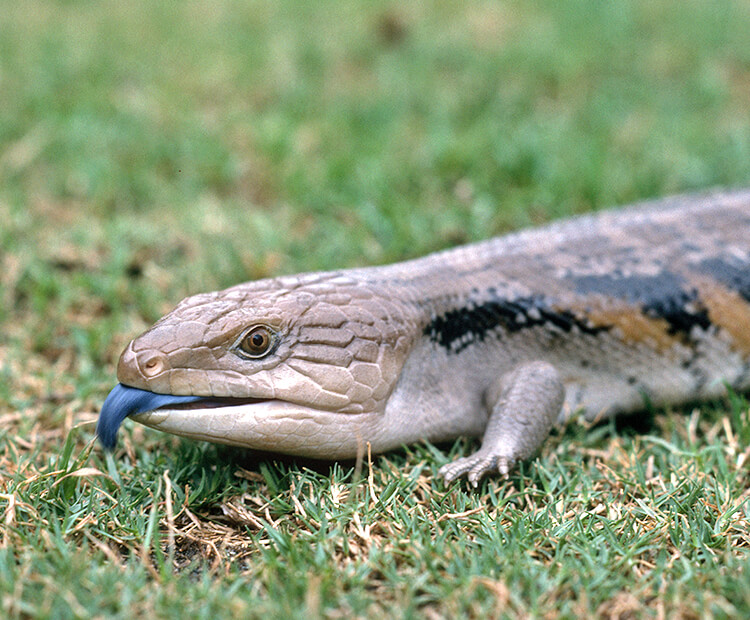
Living with skinks
Blue-tongued skinks are found in both Australia and New Guinea. In Australia, blue-tongued skinks are very common and are often seen in people's yards, where they eat insect pests. Because they live among humans, blue-tongued skinks have to watch out for dogs and cats, as well as their other natural predators, such as snakes and kookaburras.


